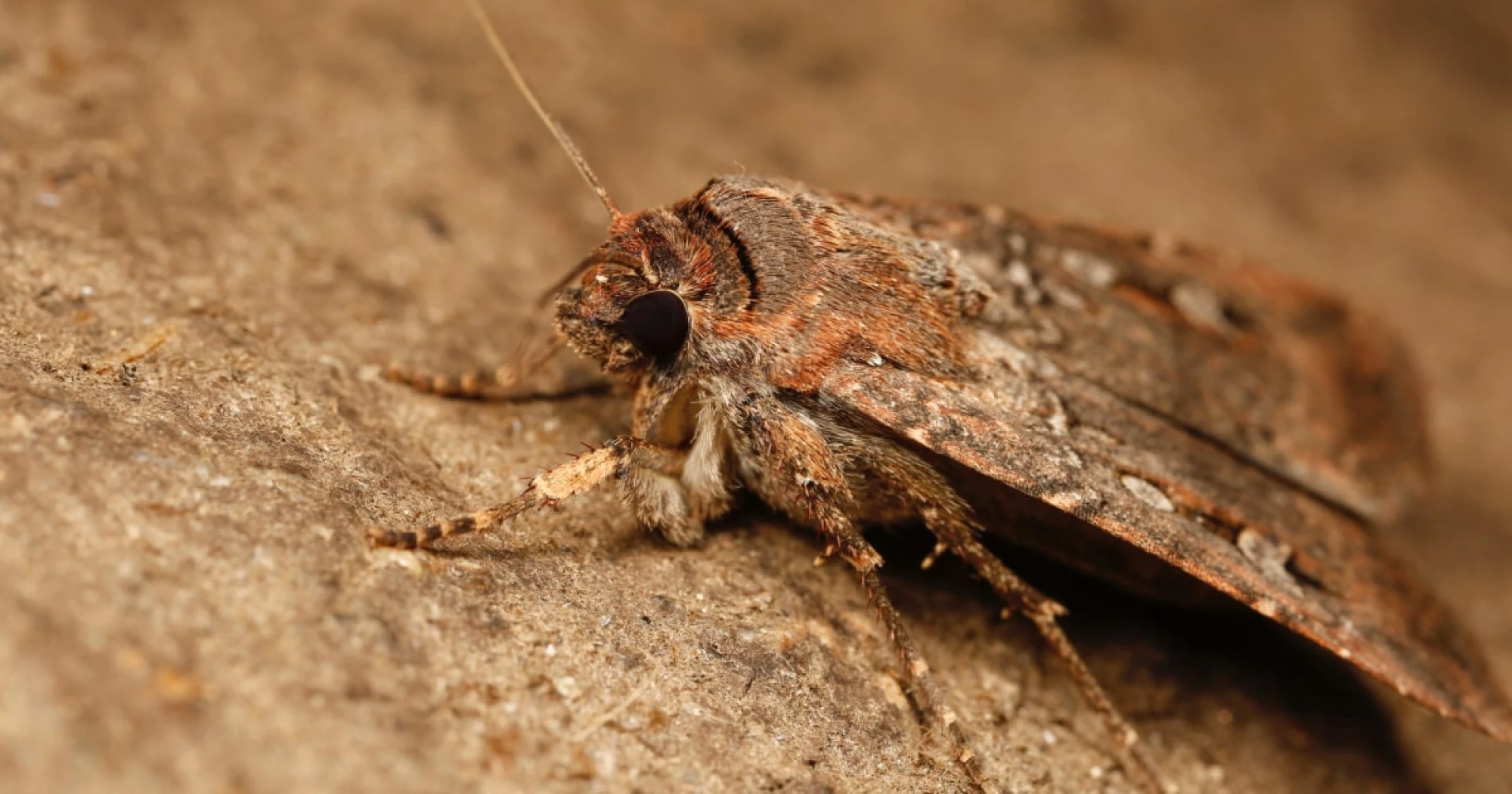Bogong moths appear to use stars to navigate 600-mile journey, a first for insects

Each spring, billions of bogong moths fill southeast Australia’s skies.
Each spring, billions of bogong moths fill southeast Australia’s skies. Fleeing the lowlands and trying to beat the heat, they fly roughly 600 miles to caves embedded in the Australian Alps.
The moths emerge from their larval stage with the tools to make this journey, but no one knows how the 1-inch-long moths navigate their way to the caves.
Scientists previously found that the moths could sense Earth’s magnetic field with an internal compass. And now, they say they’ve cracked the rest of the mystery. In a study published in the scientific journal Nature on Wednesday, researchers found the bogong moths use the starry sky as a guide to the caves.
“The big thing that we’ve discovered here is a very, very tiny animal like a moth, with a very small nervous system, a very small brain, very small eyes is able to interpret the starry night sky and work out a direction to fly in,” said Eric Warrant, a professor of zoology at Lund University in Sweden, who is an author of the new research.
Several bird species, in addition to humans, have demonstrated they can use the stars to navigate great distances. And while dung beetles use the light of stars to travel a few dozen feet, no insect had been documented using stellar navigation to travel.
Rating: 5